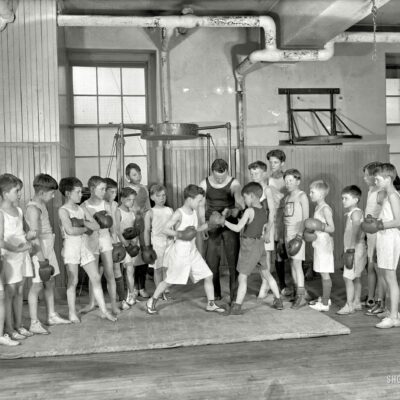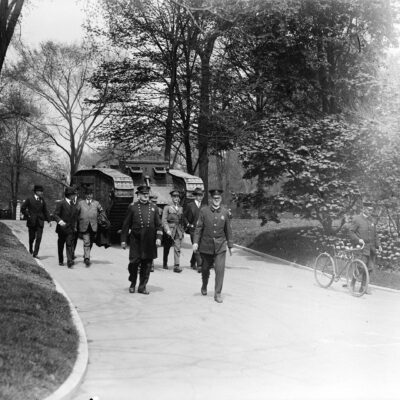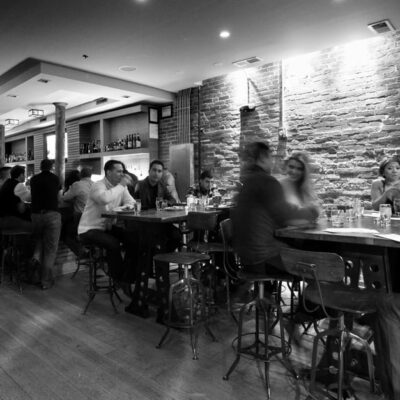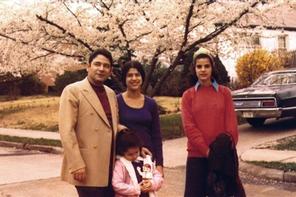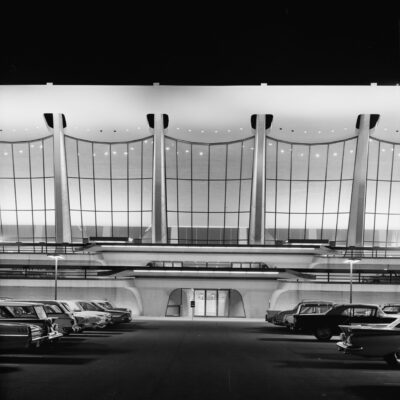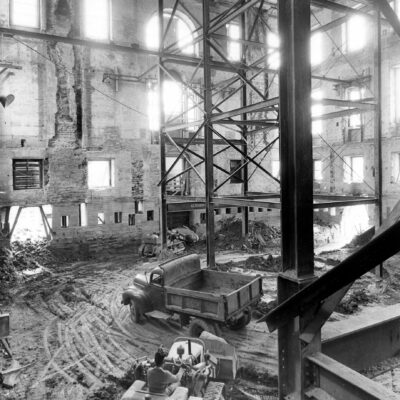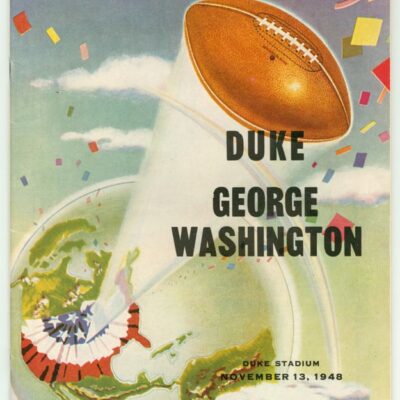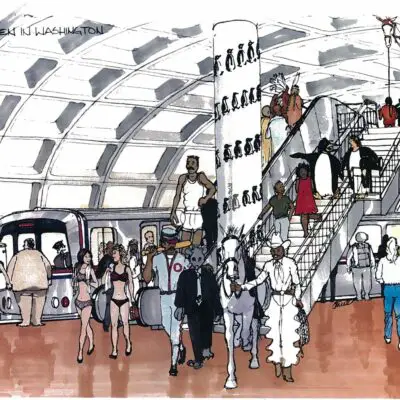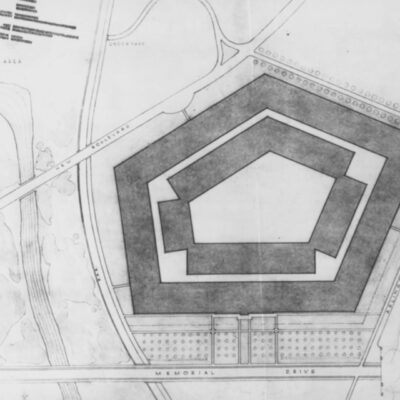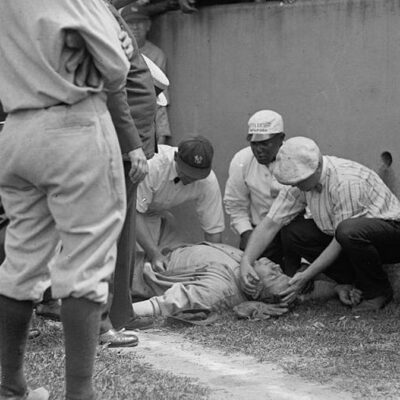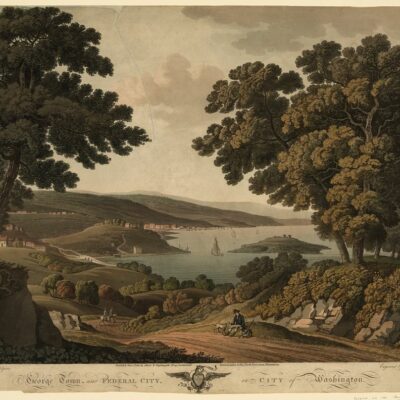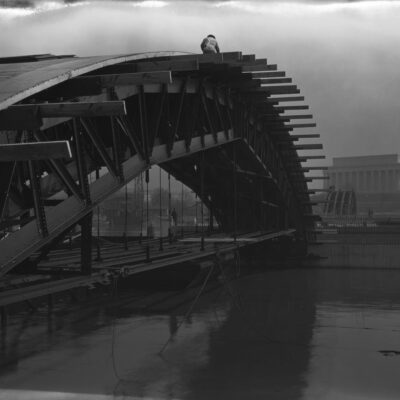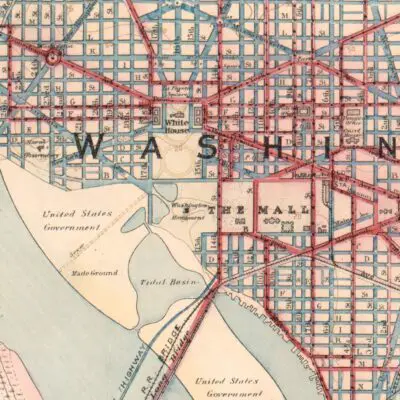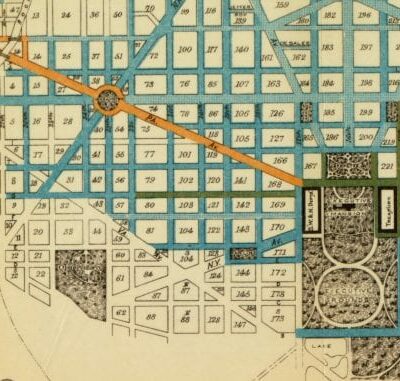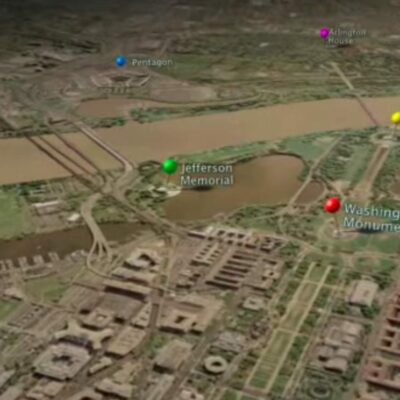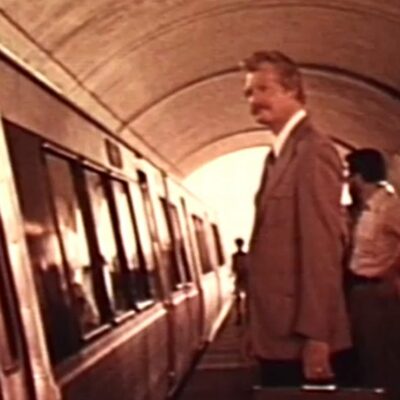The urgent need for office space during World War I led to an influx of temporary buildings constructed on the National Mall in Washington D.C. Although intended as temporary, these buildings would persist for over 50 years and significantly alter the intended layout of the Mall.
Wartime Workplaces Sprout Up on the Mall
With U.S. entry into World War I in 1917, federal agencies ballooned overnight to administer the war effort. The government appropriated land on the National Mall to erect temporary office buildings for this expanding bureaucracy. By 1918, contractors had constructed two major complexes. One anchored the west end of the Mall by the Lincoln Memorial to house navy operations. Workers built another cluster between the Washington Monument and Capitol to accommodate various agencies. While planners anticipated demolishing them after the war, the solid concrete edifices endured for decades, disrupting the open spaces planned for the Mall.

Iconic Main Navy and Munitions Buildings Anchor the West End
The Bureau of Yards and Docks constructed the massive Main Navy and Munitions Buildings to anchor the west end of the Mall in 1918. While intended as temporary structures, they spanned nearly a third of a mile lining the south side of Constitution Avenue. The complexes housed over 14,000 military and civilian workers in expansive floorspace. Soaring four stories, workers built the buildings with numerous wings extending from central spines. Assistant Secretary of the Navy Franklin Roosevelt oversaw the project. But the buildings persisted far beyond the wartime need. They became iconic office complexes housing federal workers for over 50 years.
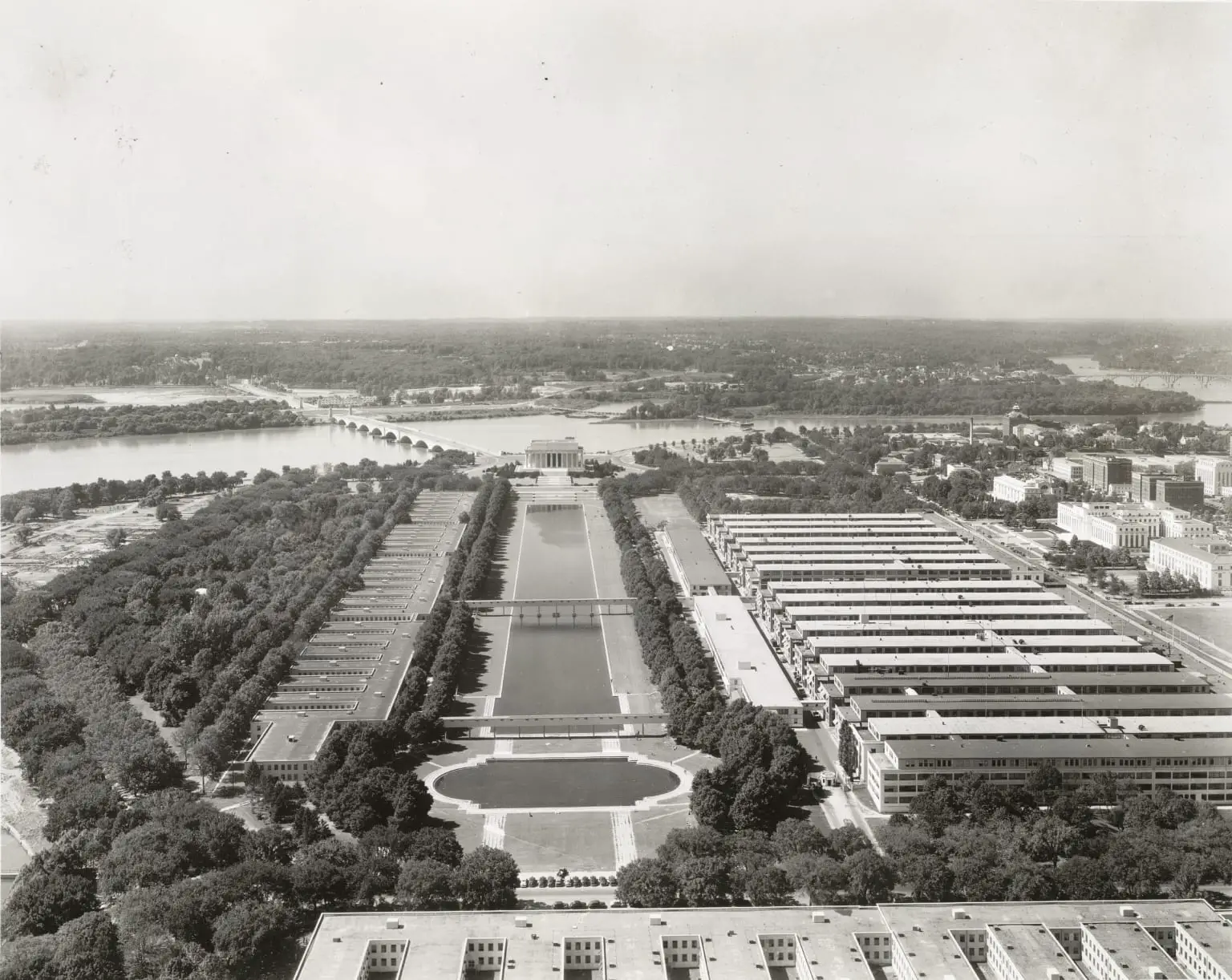
Central Cluster Clutters Up the Mall
Builders erected a cluster of six temporary buildings near 7th Street at the midpoint of the Mall in 1918. These structures housed overflow offices from agencies like Agriculture, disrupting the views and axes laid out in the McMillan Plan for the Mall’s layout. Workers began demolishing the central cluster in the 1930s, but one concrete building endured. World War I Building E stood until 1971 when crews finally erased it. Its demolition opened up space for the National Air and Space Museum and other Smithsonian museums.
World War II Spurs More Temporary Tenants
World War II necessitated another wave of temporary buildings on the Mall. The government constructed fourteen new structures in 1942 and scattered them throughout, with a Navy group lining the Reflecting Pool. Some buildings reused alphabetical names from the WWI offices. They provided vital workspace for mushrooming wartime agencies. Workers demolished most temporary buildings by the mid-1960s, razing the last ones in 1971 as the Mall reclaimed space for monuments and museums.
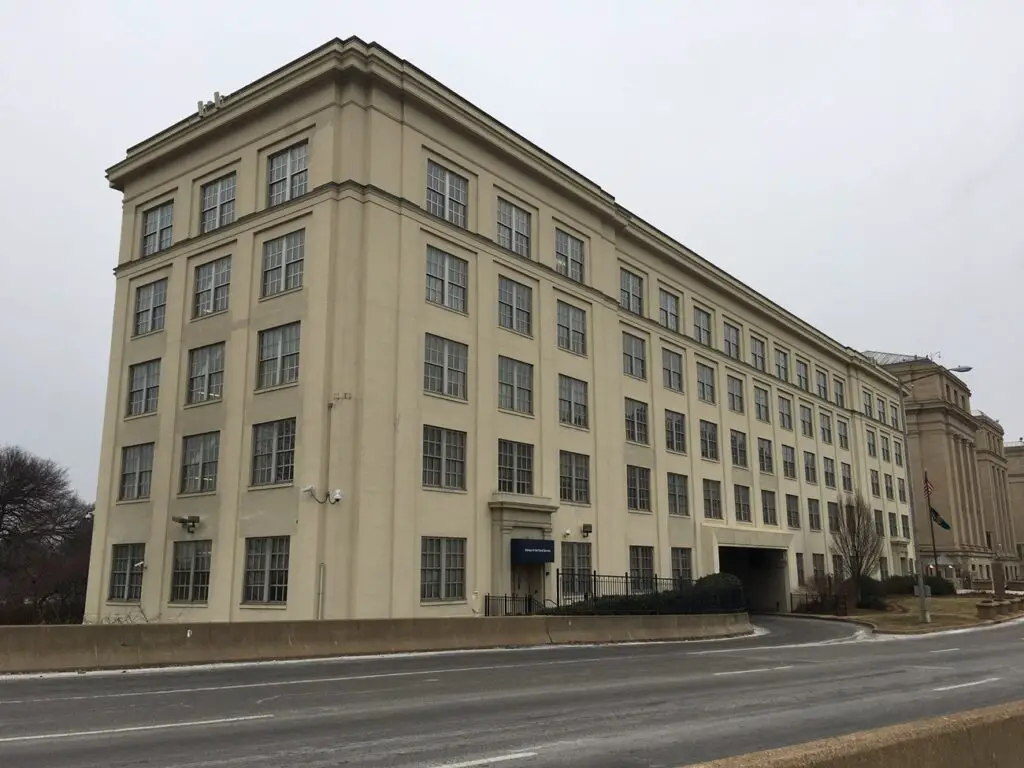
Navy Complexes Ceded to Greenspace
In the postwar years, the temporary buildings became increasingly obsolete, with structural issues surfacing in the Main Navy and Munitions Buildings. Government offices relocated to new facilities in Virginia. In 1969, President Nixon ordered the iconic but graceless giants demolished. This reclaimed the space for Constitution Gardens and the Vietnam Veterans Memorial. After over 50 years, the makeshift wartime workplaces folded up, allowing Washington’s monumental core to regain its intended grandeur as open parkland.

